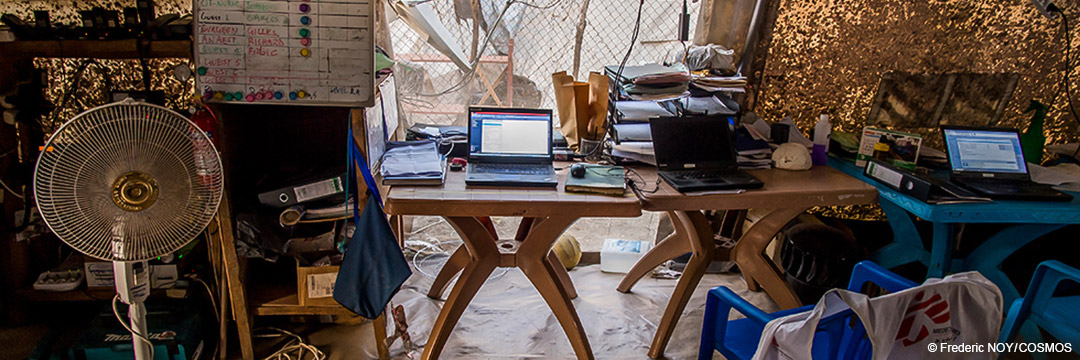Remote onboarding (not such an oxymoron)
2020.9.24
Due to COVID-19, remote working has become the new normal. This includes for new hires, who must now integrate, and be integrated, into a new working environment without being physically present. “Onboarding remotely” sounds like an oxymoron, but in the context of the current pandemic it is one that we must give meaning. The Japan Innovation Unit has experience with both remote working and onboarding. In this blog, I consider some relevant insights from each for overcoming challenges of remote onboarding.
A good onboarding process conventionally contains 4 elements: orientation briefings, on-the-job training, regular one-on-one meetings with supervisor and/or HR department, and specific team integration activities. Orientations and bilateral meetings are largely formalized, face-to-face conversations. These are largely replicable using Zoom, Skype or any other such software, albeit with a few adjustments to mitigate the loss of non-verbal communication channels. Trainings too are formalized and becoming simpler to conduct online using software with shared whiteboards and many of the facilitation techniques we discussed in our series on remote working.
Remote team integration is far more difficult to organise. Unlike the other three onboarding elements, team integration relies far more on informal communication. Without experiencing these informal interactions, it is extremely difficult for recruits to understand existing relationships between staff in their new department, between staff in other departments, and with external stakeholders. Conventionally, this part of onboarding occurs casually via “corridor meetings,” tea breaks in the office or over a pint after working hours. These are opportunities for newcomers to understand the culture, the history, and the social dynamics of their new team and to integrate through simply sharing this largely unstructured time together. Crucially, existing team members are integral to this element of onboarding, and need to commit to it for it to work.
Recreating this unstructured space is perhaps the largest challenge to remote onboarding. It will certainly take time to analyse what the best way to do this is, but it is clear at least that we need to try if we are to onboard remote staff properly. Here in Japan, informal socializing between team members during “nomikai” is notoriously important to the overall functioning of business. When COVID-19 made such socializing in person difficult, the nomikai quickly moved online and became the “onnomi” i.e “on(line) nomi(kai).” People began sitting in front of their computers, cameras turned on, beers in hand, chatted and socialized.
Of course, there are simpler ways of doing this than the onnomi. These include designating a casual chatting time before online meetings, giving a newcomer the opportunity to observe the relationships between team members. But no matter the format, it is clear that the same commitment of existing team members to this element of onboarding still applies. Online as well as offline, the team need to be present and commit to these informal interactions or onboarding will not be effective.
Onboarding staff is not straightforward even during ordinary times. But as the “with-COVID” era begins, it presents a chance for organisations to redesign their onboarding processes. To succeed, we must ensure that “remote onboarding” is no longer an oxymoron. But this requires the commitment of the whole team. If that can be achieved, then physical remoteness need not create social remoteness.
Contact
MSF Japan Innovation Team
MSF Japan Innovation Team is providing innovative ideas of solutions to the MSF activities. If you, either as a company or as a professional, have an idea that would be beneficial to our projects as well as patients, please contact us. Your innovative proposal is always appreciated.
-
E-Mailinnovation@tokyo.msf.org
